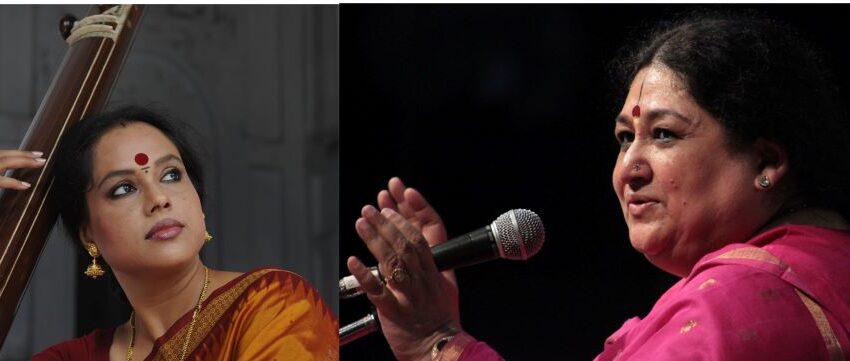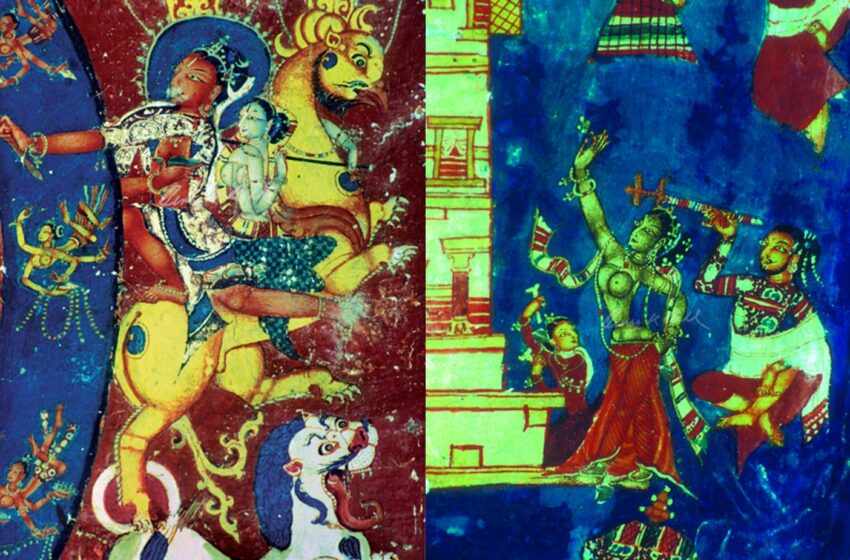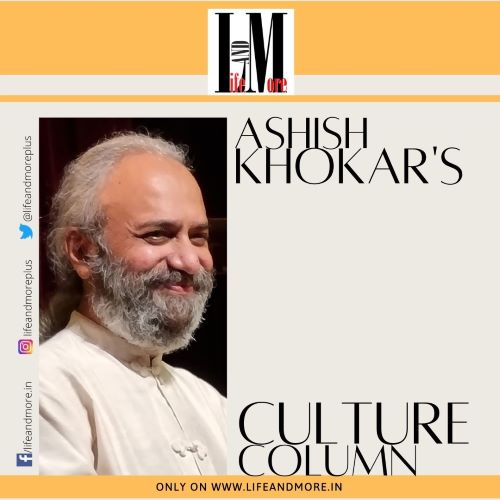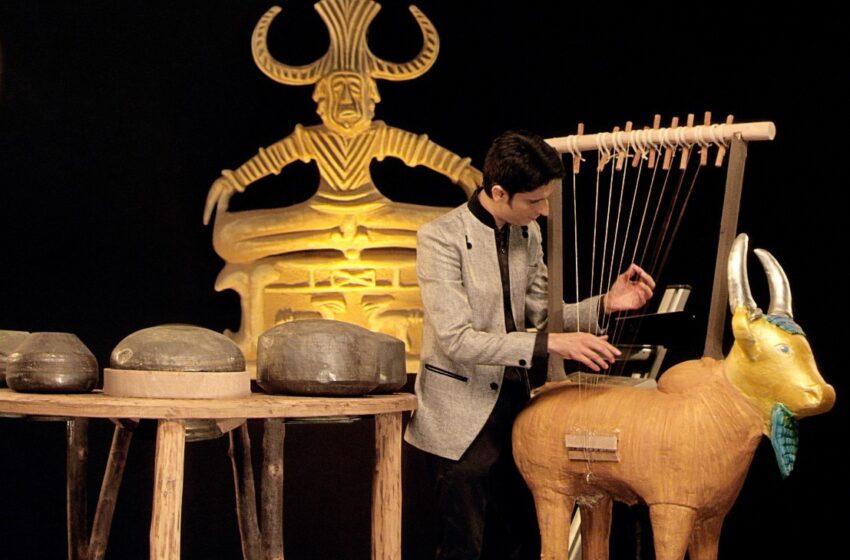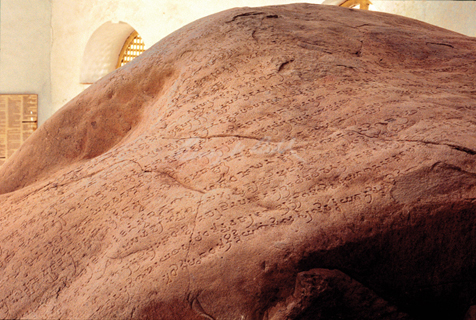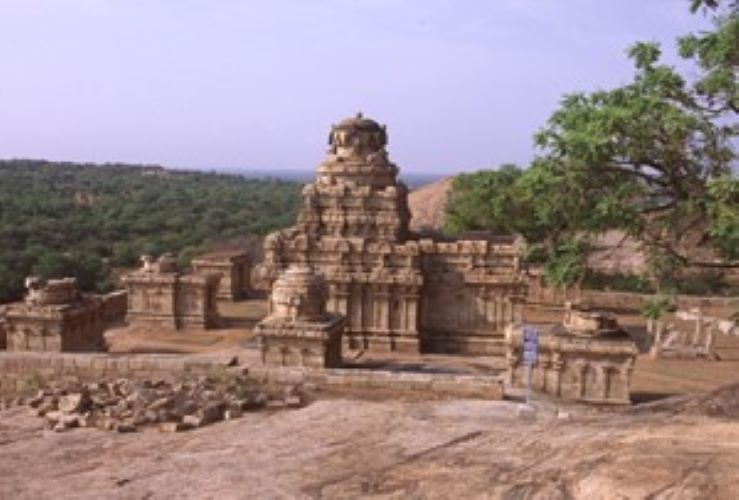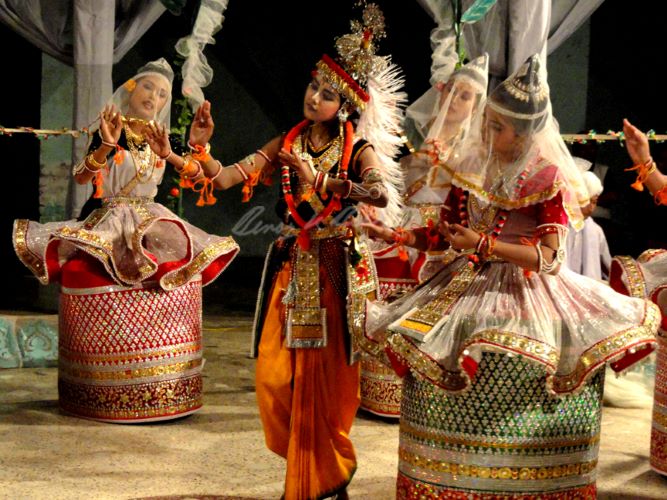Team L&M Re Sustainability once again partners with 92.7 BIG FM to provide eco-friendly Ganeshas to celebrate the auspicious festival of Ganesh Chaturthi. Close to 15000 Ganesha idols made of eco-friendly materials are distributed across five cities every year. This is the 15th edition of the award-winning Green Ganesha initiative. The ganeshas will be handed […]Read More
Team L&M Sahitya Kala Parishad is organising a three-day Thumri Festival at Kamani Auditorium, Mandi House. A line-up of eminent artists and their disciples will represent the melodious journey of Hindustani classical music during the festival Talking about the festival, Dr Monica Priyadarshini, Secretary, Sahitya Kala Parishad, said, “we have been organising Thumri Festival on […]Read More
Team L&M A film Monasteries of Rinchen Zangpo that provides the first comprehensive view of, covering the monasteries of Tibet, Ladakh, Lahaul-Spiti and Kinnaur, is being screened at India Habitat Centre (IHC), New Delhi on August 20 at 6pm. The film screening is a part of IHC series Glimpses of Culture. Produced for Doordarshan by […]Read More
Azadi Ka Amrit Mahotsav, everywhere. Feeling of a national spirit not notional as many past August 15 have been. This year, the air was surcharged with Har Ghar Tiranga, songs and dance and post-Covid19 joy, almost. Azadi. What does freedom mean today? To those who fought for it, if some still around, it is reminiscing […]Read More
Team L&M India International Centre (IIC) recently presented a unique programme on Harappan Musicology and New Linguistic Evidence for Words they may have Spoken. It was an audio-visual presentation by Shail Vyas, Homi Bhabha Fellow, Mumbai, musicologist and composer. The program was chaired by KN Shrivastava, Director, IIC, IAS (Retd.). Others present included archaeologists Dr RS […]Read More
Benoy K Behl The early river valley civilisation in the Indian subcontinent, from the fourth millennium BCE, was based on a cooperative culture. While there was a sophisticated urban ethos and advanced technology for its time, archaeological evidence has revealed that there was no developed system of kingship or military. The art of the Indus […]Read More
Team L&M In about 850 AD, a Chola chieftain named Vijayalaya took control of Thanjavur and ushered in an era of unsurpassed prosperity and grandeur in Tamil Nadu. The most beautiful temples of South India were made under the rule of the Cholas. At Narthamalai, located on top of a hill, amidst the great beauty […]Read More
Shail Vyas Indian Culture is thousands of years old and so is our Music. Music is woven so deeply in our culture that it appears completely inseparable. The very fact that The Vedas were composed with musical notations and rhythmic meters, is an ultimate proof of that. But how much do we know about the […]Read More
Let’s face books. Not time pass facebook or data, meta, peta. What’s a book? Paper, cover, print and photos? Or, between two covers there are ideas that can change world, inspire individuals or help motivate society? Even move governments or make them fall. But, books today are like the radio of a bygone era. A […]Read More
Team L&M Tucked away between lush green hills of North East India, the bejewelled; and Manipur has preserved many jewels of the ancient culture of India. The people of Manipur had a unique tradition of worship through the ecstasy of dance. Since they believed that they were the descendants of celestial musicians, Gandharvas, they sought communion […]Read More



